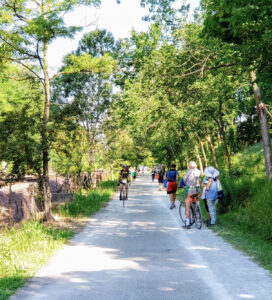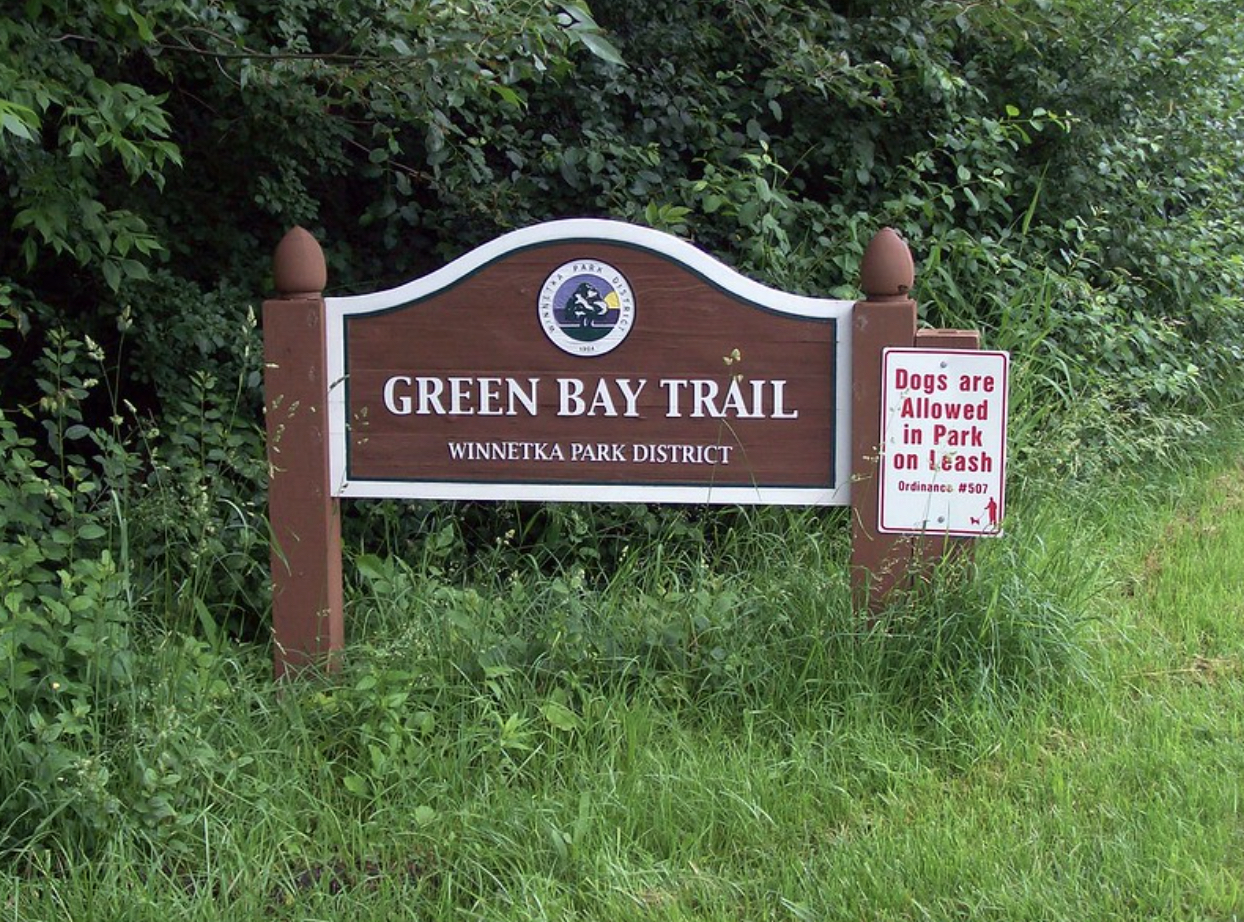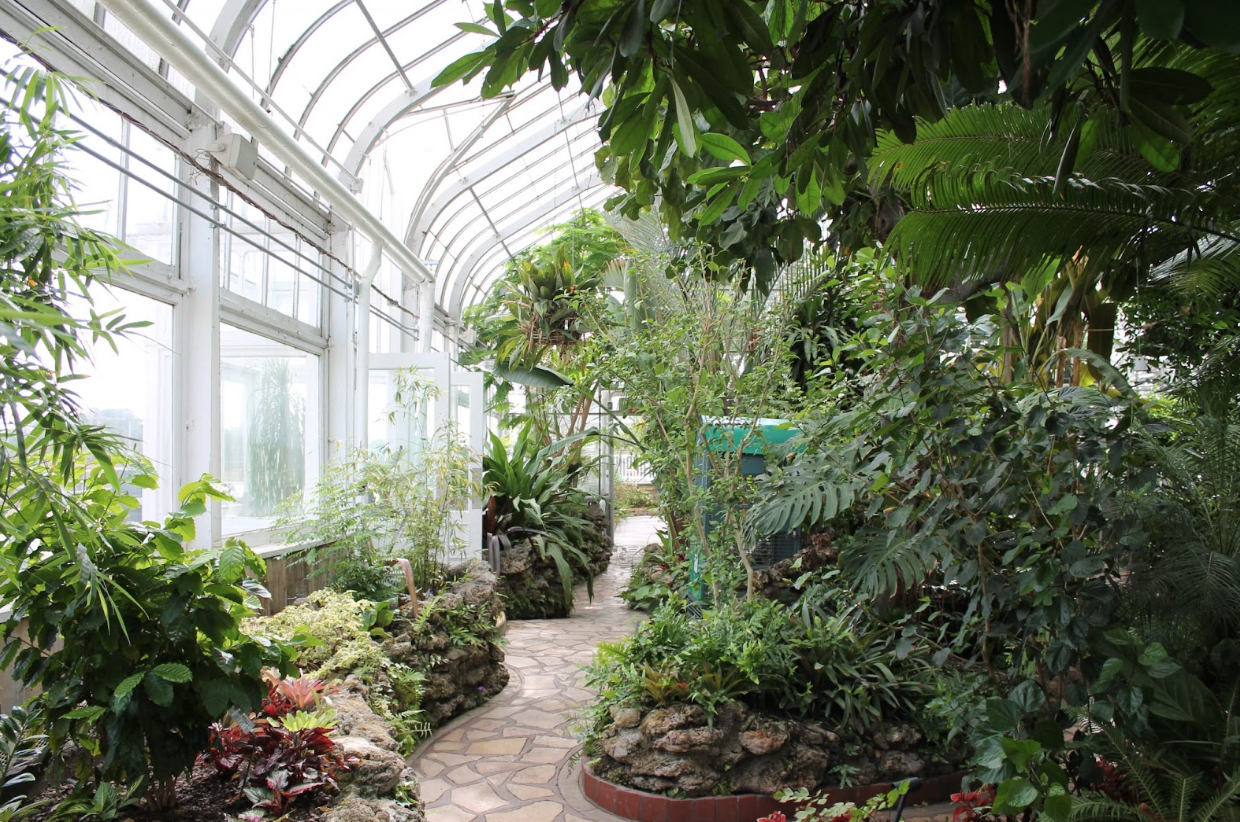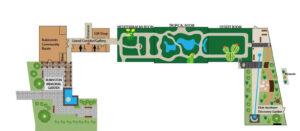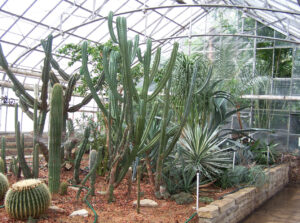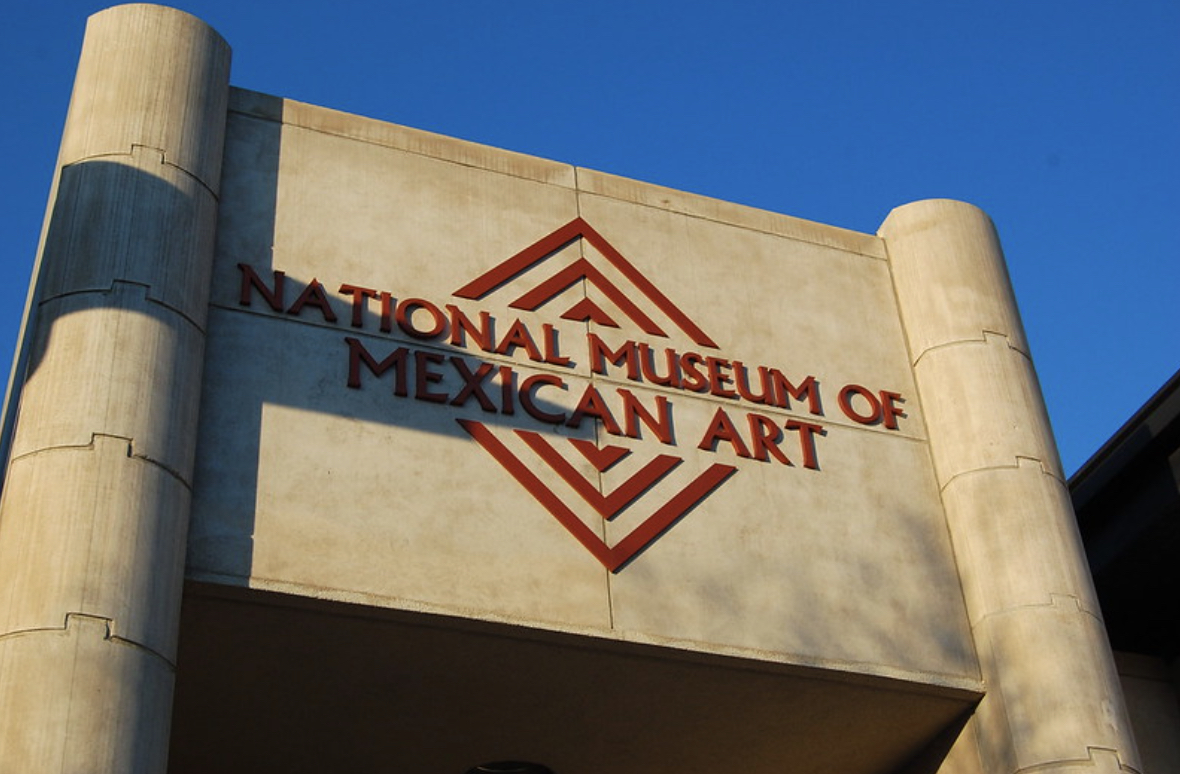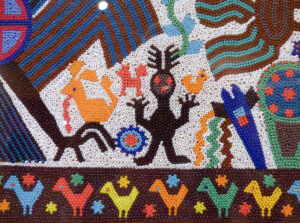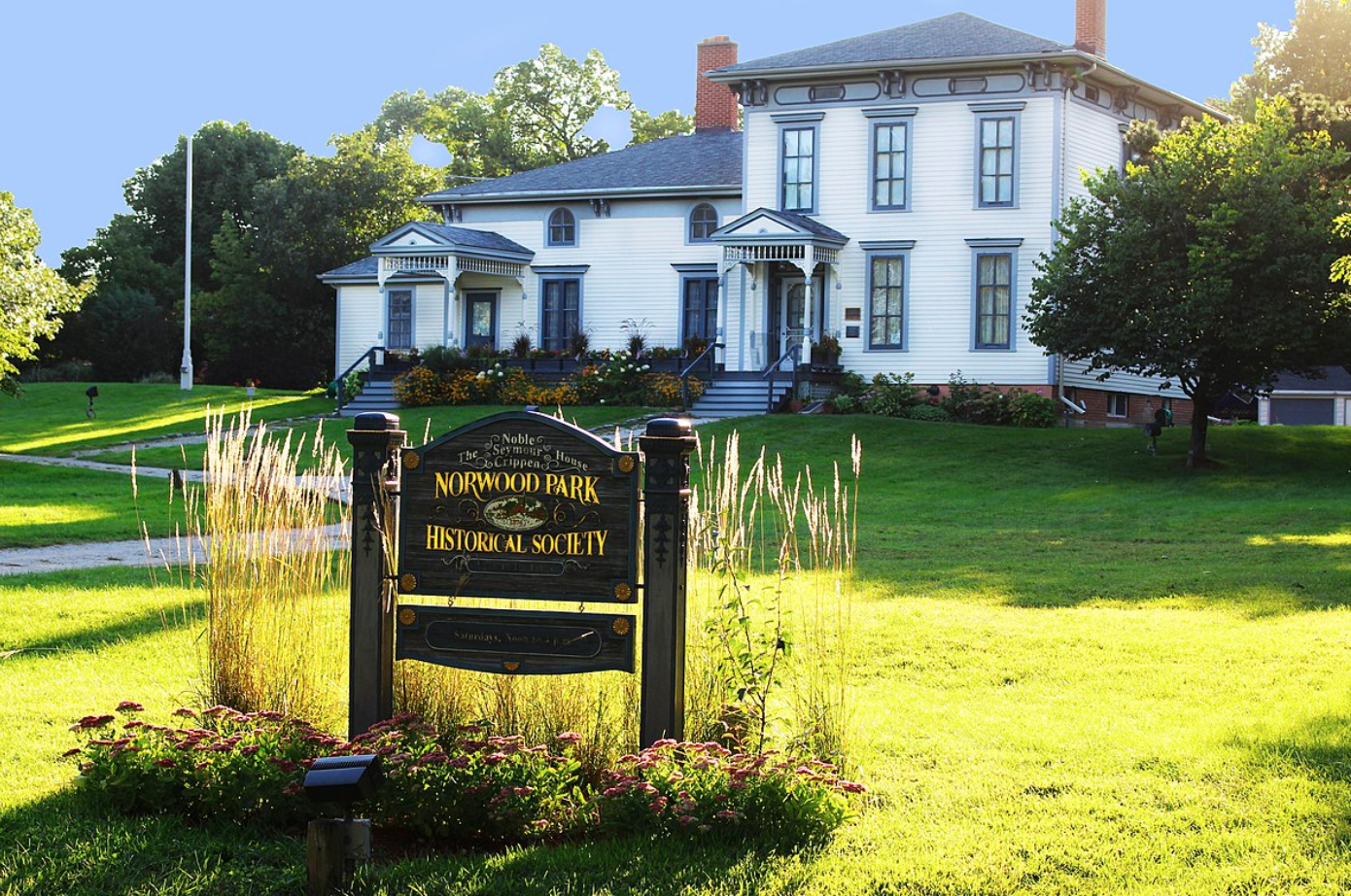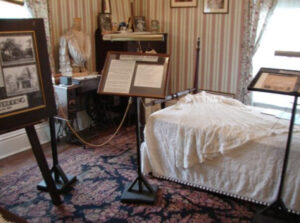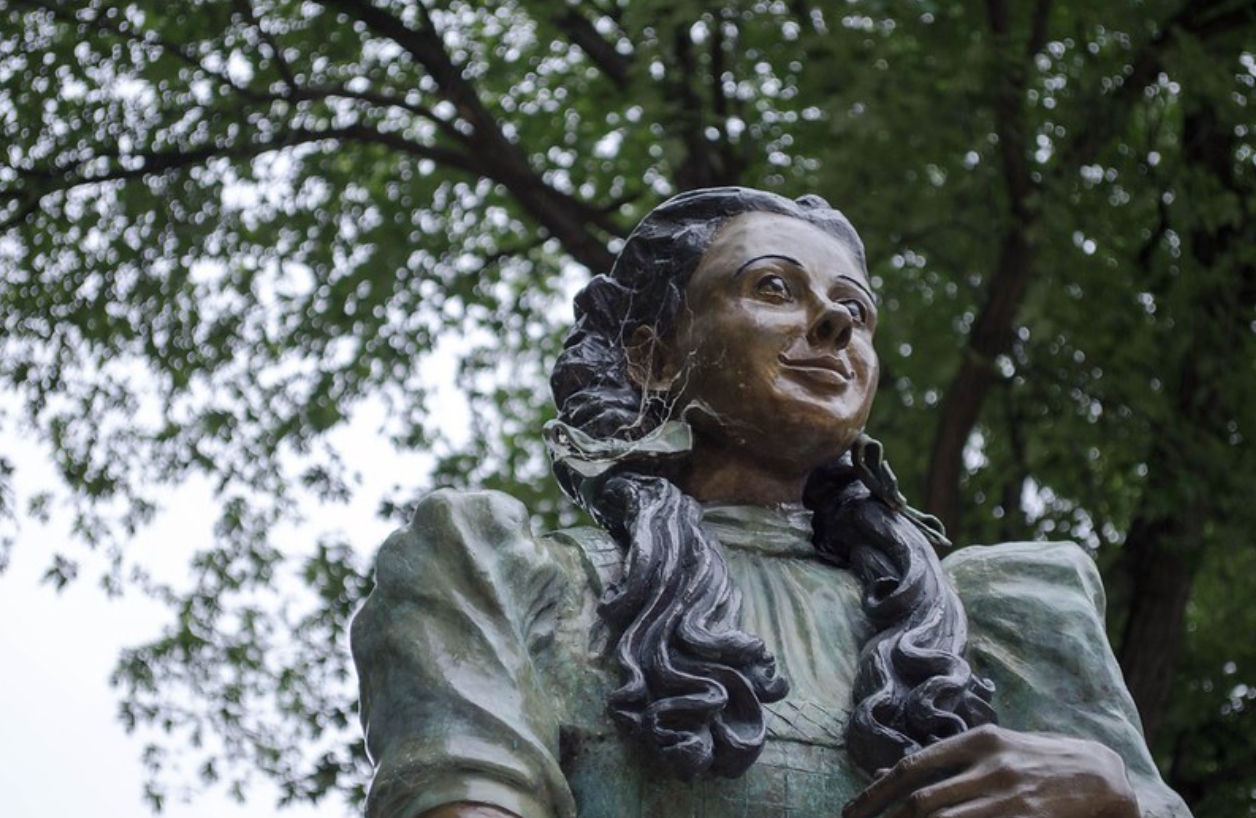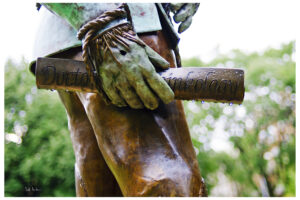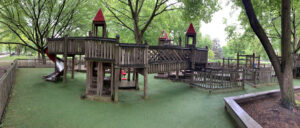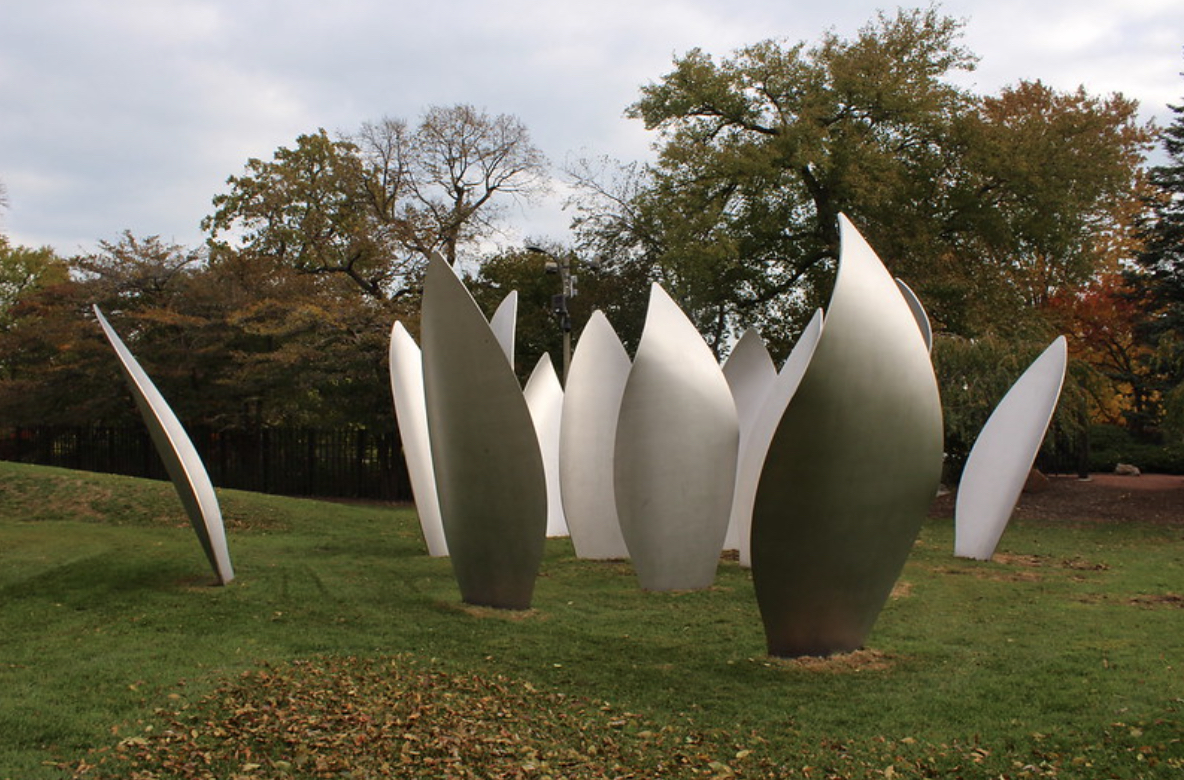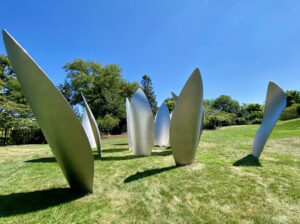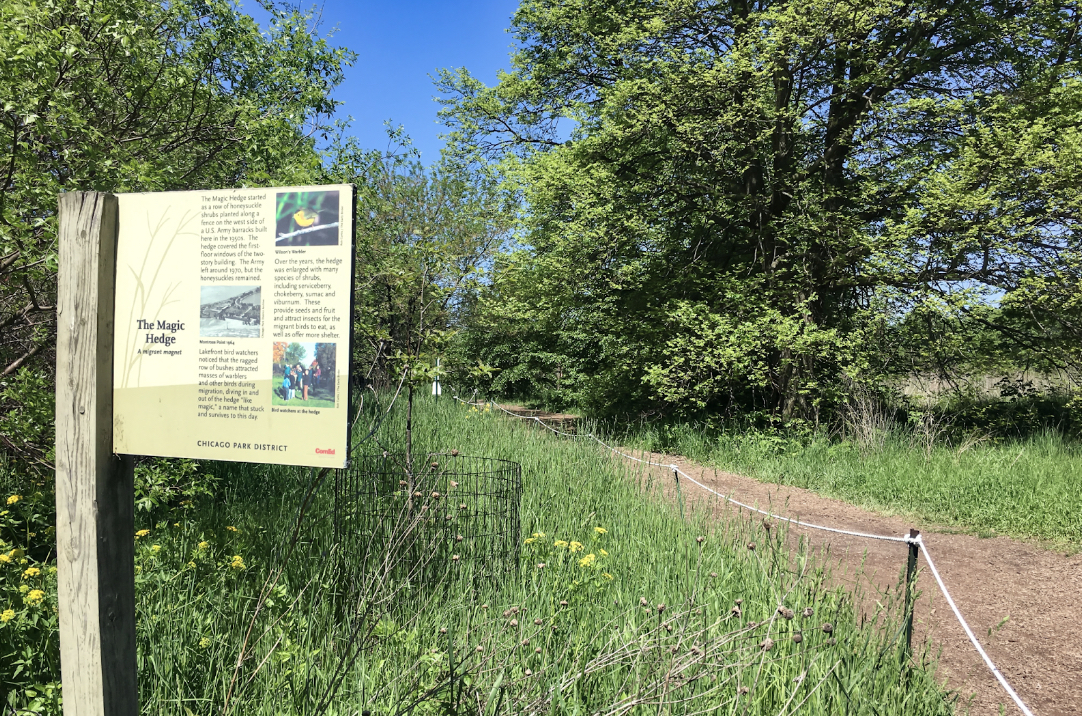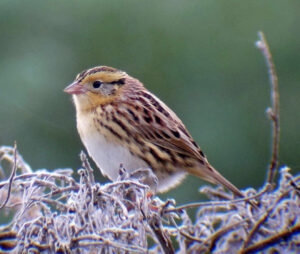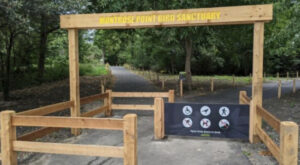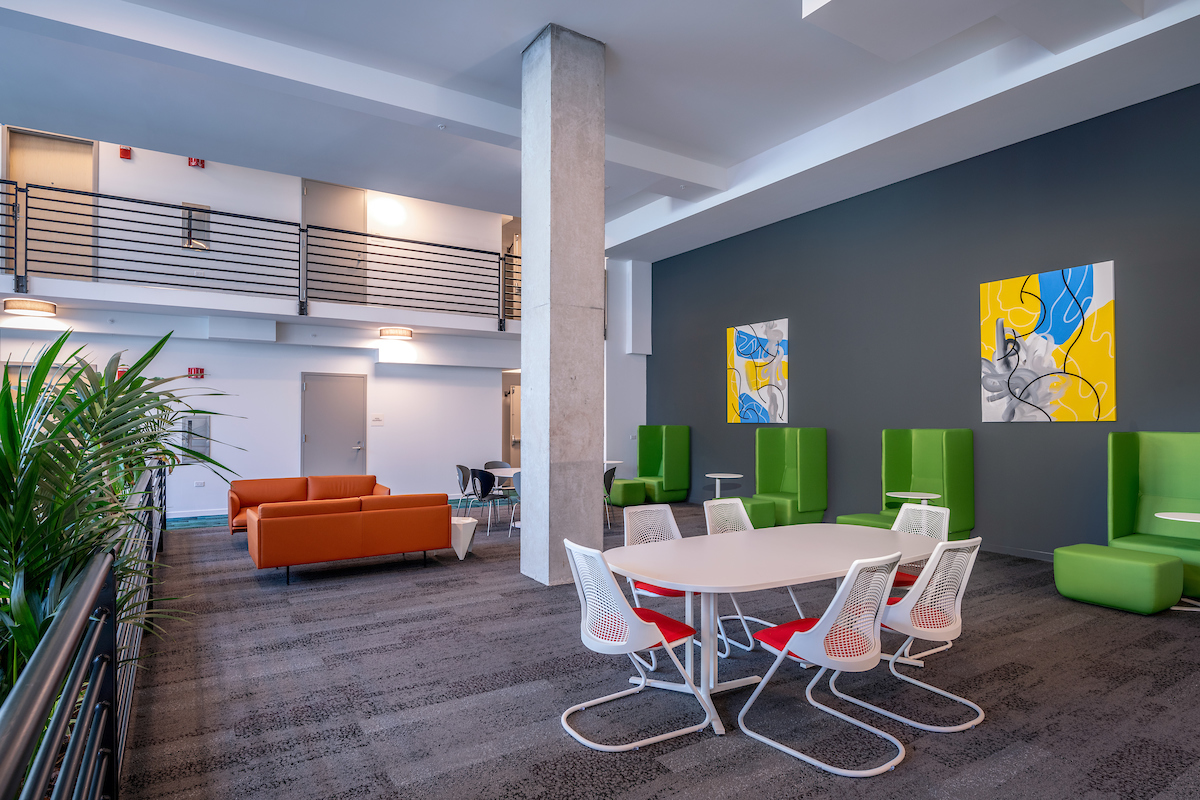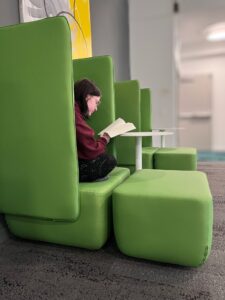At Optima®, every individual on our team brings a unique story and perspective that enriches our community. We recently had the pleasure of catching up with Nic Behrends, Optima Lakeview’s Leasing Consultant. From a rich background in hospitality to his heartwarming transition into the world of real estate, Nic shares his journey and insights about what makes Optima stand out. Dive in below:
Tell us a bit about your background and the role you play at Optima.
My background is actually not in real estate. I spent over two decades in hospitality during which I also ran a non-profit focused on bartenders for several years. During my time in hospitality, people kept telling me I would be a great real estate agent, so eventually, I was convinced to get my leasing license. I worked as an agent for a couple of years and realized chasing all over town wasn’t my cup of tea and that I would be much happier managing buildings. I learned that I can be an expert in one specific community and get to know the residents instead of grinding through different prospects, and now I’m one of Optima Lakeview’s Leasing Consultants!
How did you first begin your journey at Optima?
I interviewed with Optima and immediately fell in love with the team and how they illuminated the brand for me. Everything I learned about Optima was far more attractive than any of the other properties I had interviewed with, so I knew I had to work here. Everyone encouraged me to be myself and understand how I could bring my true self to the position, and once I was encouraged to bring that person out, sales just started erupting for me. It’s been great to work in a place where I know that I’m not judged because maybe I’m not the most proficient typist or super skilled in Excel, but I can relate to people.
How do you view the concept of community at Optima? How does it differ from other properties/buildings?
It’s unique that with Optima, we are all a part of this community. The fact that I see our chief engineer working out in the gym alongside a resident, sharing tips with each other, or I see another staff member at the pool with his partner exemplifies that we’re not just the staff here, we’re also members of the community, and the residents respect that and treat us as neighbors since we’re all here together. In most of the other communities that I interacted with as a broker, there was always an issue with control or power, and there is usually a disconnect between the residents and the staff. But at Optima, everyone is heard. Residents see that we care about what’s going on in their lives and it makes everything much more warm and happier.
Optima has a unique set of values that differentiates it from other company cultures. How does that affect the quality of your work life? What values matter most to you?
Being bold. It takes a lot to put your true self out there and to let the walls down. And to be in a building that lets me do that has allowed me to progress in my career very rapidly. Becoming not only successful but also happy in this career has come from the opportunities that being bold has given me. All of our work here is done with intent and purpose, so in every action, we’re acting bold. It’s been an amazing opportunity to work with Maike and the team here because everyone truly embodies that value.
What are some things you’ve learned during your time at Optima?
What I’ve learned most here at Optima is that there is a way to do this business that is beneficial to both the property owner and the residents. When you produce a premium building that you can stand behind, you’ve got to be willing to put in the effort and show residents that we’re invested in their lives and are here to help them at all costs. Too often, at other properties, the solution is a rebuttal with a demand that you live with it, and here, we’re always looking for a way to solve problems.
What makes you most proud to be a part of the Optima team?
What I’m most proud of is the fact that I made a huge career change after doing the same thing for 20-plus years and made it into an environment that makes me feel valued. I walk into the most amazing building and am greeted by spectacular residents every morning. I work with a team that is not only going to work as hard or harder than me but also respects me for who I am. I’m over the moon to tell everybody how happy I am here and how proud I am to know I made it onto this team.
